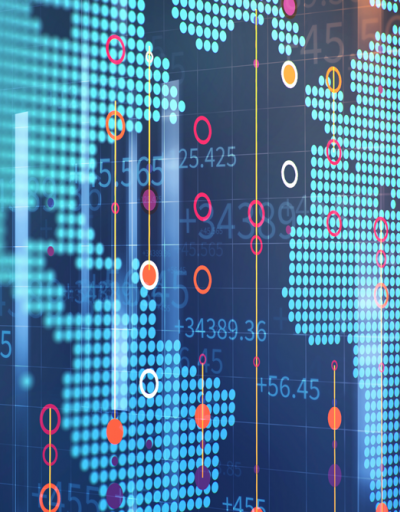
Explore data trends using animated visuals
UNESCO has produced a series of animated data visualizations to show how spending on research, the research workforce and scientific output on selected cross-cutting technologies, among other things, have changed over time.
Click below to explore these trends by country and region. Using a selection of the data underpinning the UNESCO Science Report, these data animations map trends in research input (human and financial investment) and output (publications) around the world.
For additional data, see the statistical annex and raw data, as well as data illustrations throughout the report.
In 2015, governments committed to raising their human and financial investment in research as part of the United Nations’ Sustainable Development Goals (SDGs). Under Sustainable Development Goal 9 (SDG 9), countries have pledged to ‘build resilient infrastructure, promote inclusive and sustainable industrialization and foster innovation’. In particular, Target 9.5 calls upon countries to encourage innovation and substantially increase the number of researchers, as well as public and private spending on research and development (R&D).
Countries have selected two indicators to monitor this target: research expenditure as a proportion of GDP (Target 9.5.1) and researchers (in full-time equivalents) per million inhabitants (Target 9.5.2). Both indicators are already being produced by UNESCO Institute for Statistics, which is the global custodian for these two indicators. For the latest statistics on research expenditure and the researcher workforce, as well as on higher education, visit the UNESCO Institute for Statistics’ database.
All data prepared for the UNESCO Science Report (2021) are freely available for download and use, following the terms of the Attribution-ShareAlike 3.0 IGO (CC BY-SA 3.0 IGO) license. By using the content of this publication, the users accept to be bound by the terms of use of the UNESCO Open Access Repository.
When using or sharing these data, please cite as:
UNESCO (2021) UNESCO Science Report: the Race Against Time for Smarter Development. S. Schneegans, T. Straza and J. Lewis (eds). UNESCO Publishing: Paris.






